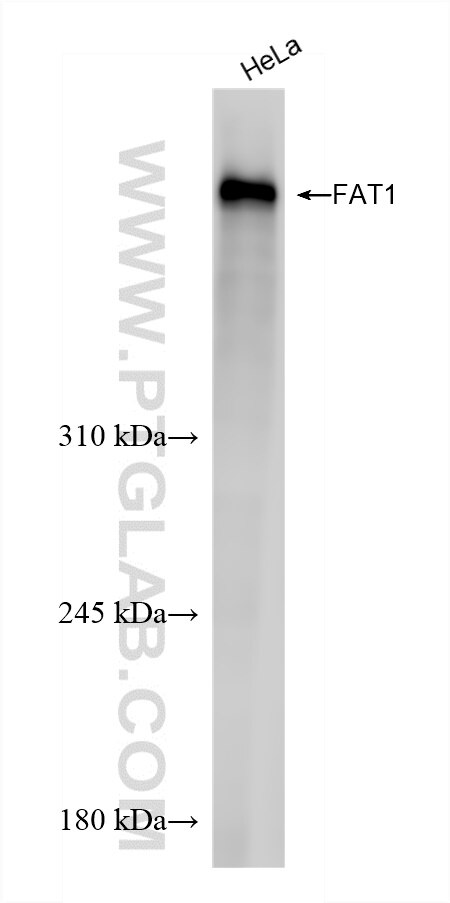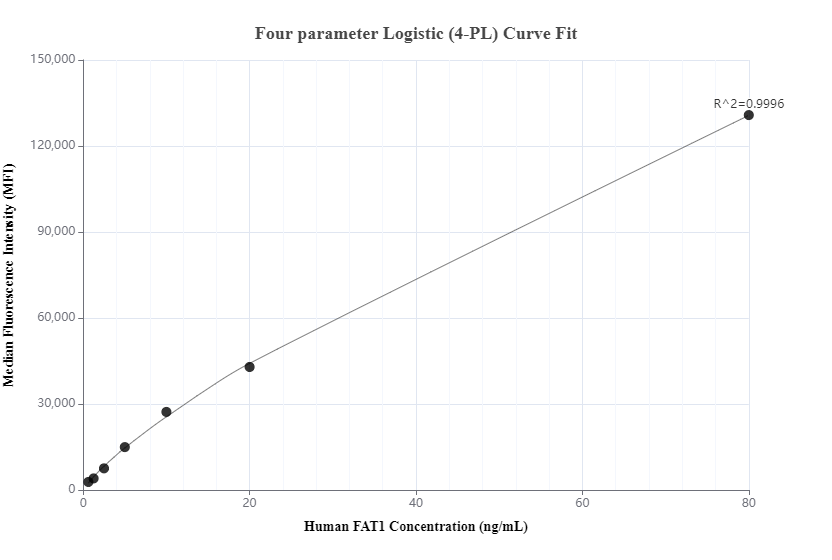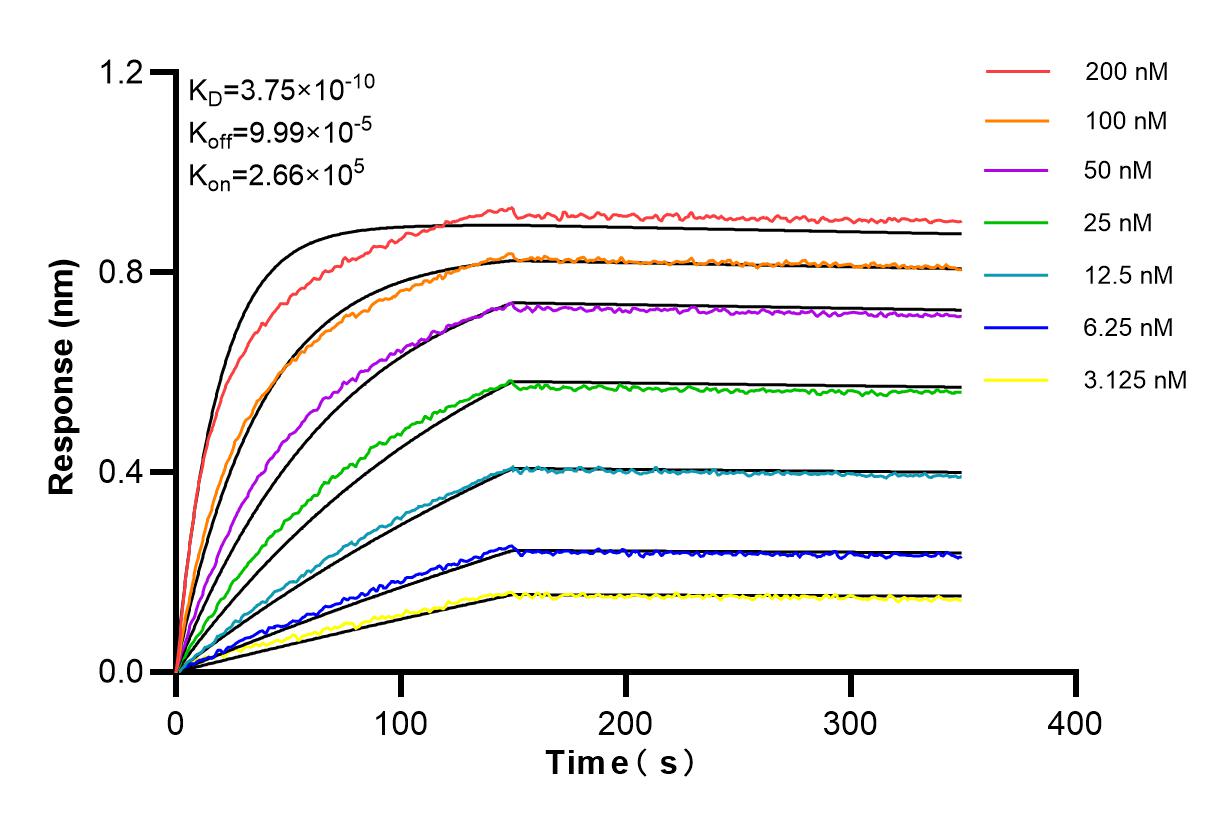Product Information
84279-3-PBS targets FAT1 as part of a matched antibody pair:
MP01192-3: 84279-4-PBS capture and 84279-3-PBS detection (validated in Cytometric bead array)
Unconjugated rabbit recombinant monoclonal antibody in PBS only (BSA and azide free) storage buffer at a concentration of 1 mg/mL, ready for conjugation. Created using Proteintech’s proprietary in-house recombinant technology. Recombinant production enables unrivalled batch-to-batch consistency, easy scale-up, and future security of supply.
This conjugation ready format makes antibodies ideal for use in many applications including: ELISAs, multiplex assays requiring matched pairs, mass cytometry, and multiplex imaging applications.Antibody use should be optimized by the end user for each application and assay.
| Tested Reactivity | human |
| Host / Isotype | Rabbit / IgG |
| Class | Recombinant |
| Type | Antibody |
| Immunogen | FAT1 fusion protein Ag33957 Predict reactive species |
| Full Name | FAT tumor suppressor homolog 1 (Drosophila) |
| Observed Molecular Weight | 506-600 kDa |
| Gene Symbol | FAT1 |
| Gene ID (NCBI) | 2195 |
| Conjugate | Unconjugated |
| Form | Liquid |
| Purification Method | Protein A purification |
| UNIPROT ID | Q14517 |
| Storage Buffer | PBS only , pH 7.3 |
| Storage Conditions | Store at -80°C. |
Background Information
FAT1, also known as hFat1, belongs to a member of the cadherin superfamily, has been proposed to play roles in cerebral development, glomerular slit formation, and also to act as a tumor suppressor, but its mechanisms of action have not been elucidated. It is expected to be located in cell membrane and nucleus, which is expressed in many epithelial and some endothelial and smooth muscle cells. The calculated molecular weight of FAT1 is 506 kDa and there is glycosylation modification of the protein. To examine functions of the transmembrane and cytoplasmic domains, they were expressed in HEK-293 and HeLa cells as chimeric proteins in fusion with EGFP and extracellular domains derived from E-cadherin. Proteins comprising the transmembrane domain localized to the membrane fraction (PMID: 15922730, 26373379).







